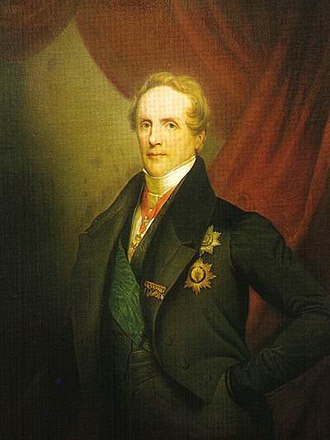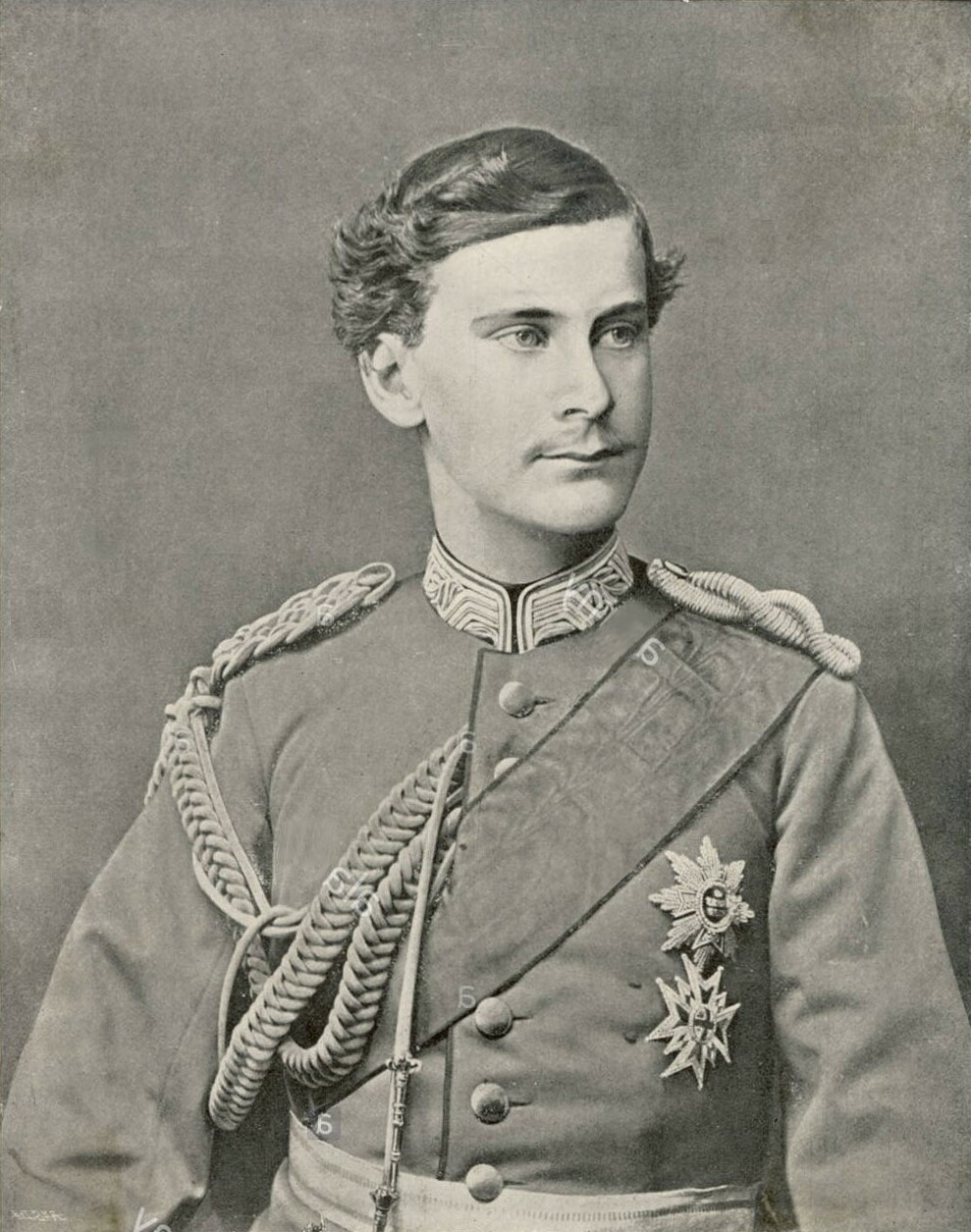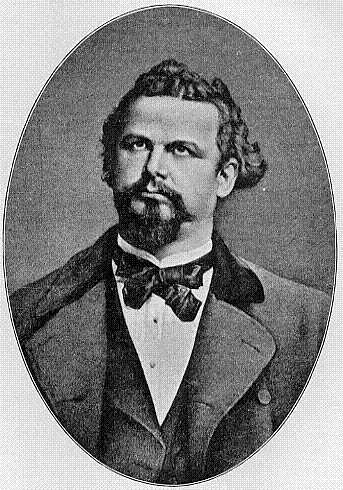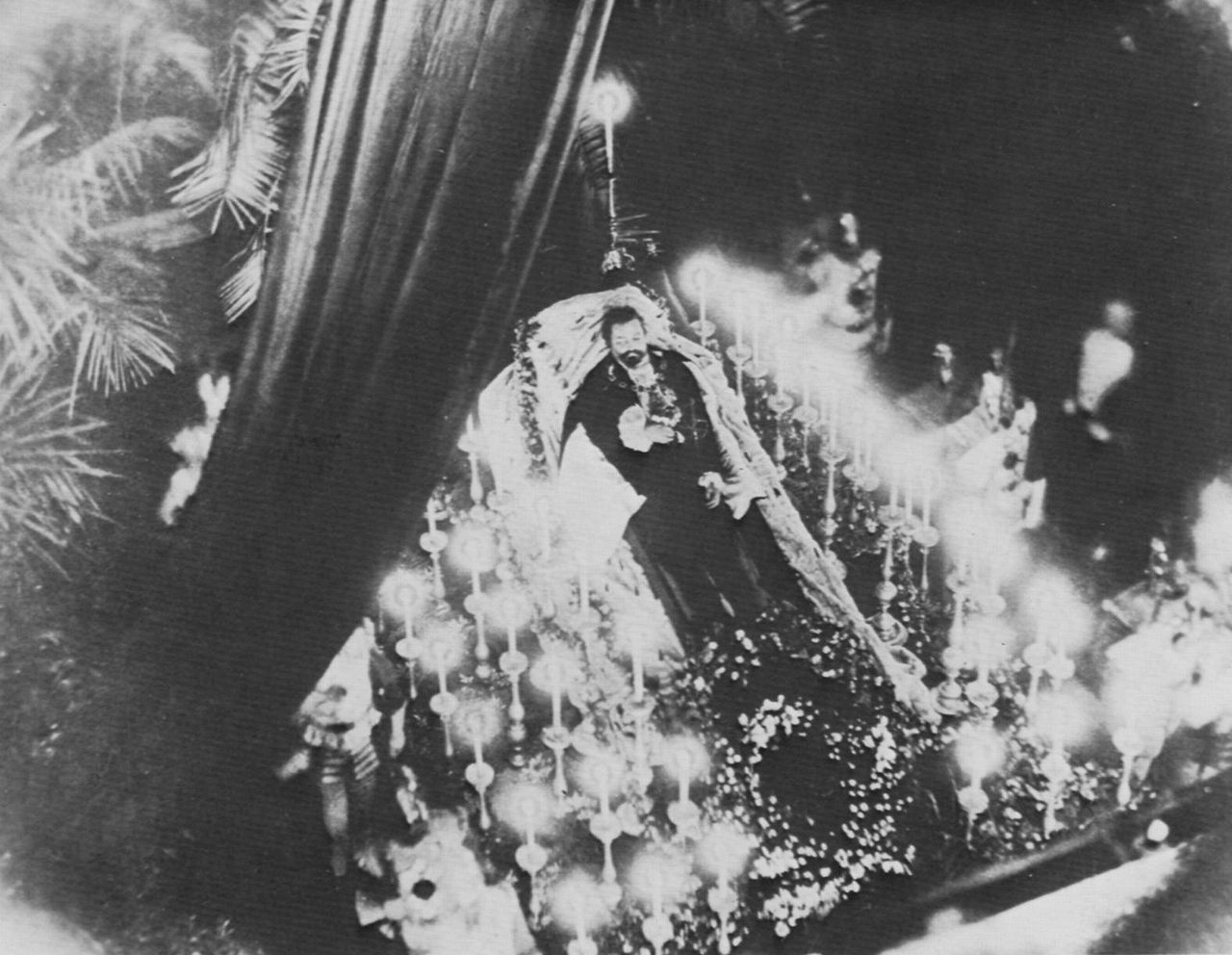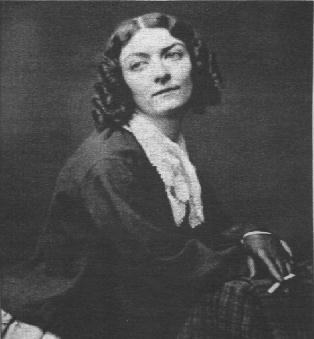by Scott Mehl © Unofficial Royalty 2017

Credit – Wikipedia
Amalie Auguste of Bavaria, Queen of Saxony
Queen Amalie was the wife of King Johann of Saxony. She was born Princess Amalie Auguste of Bavaria in the Electorate of Bavaria, later the Kingdom of Bavaria, now in the German state of Bavaria, on November 13, 1801, the daughter of King Maximilian I Joseph of Bavaria and his second wife Princess Karoline of Baden.
Amalie had six siblings including her twin sister Elisabeth Ludovika
- Prince Maximilian (1800-1803) – died in childhood
- Princess Elisabeth Ludovika (1801-1873) – married King Friedrich Wilhelm IV of Prussia, no issue
- Princess Sophie Friederike (1805-1872) – married Archduke Franz Karl of Austria, had issue including Franz Joseph I, Emperor of Austria
- Princess Maria Anna (1805-1877) – married King Friedrich August II of Saxony, had issue
- Princess Ludovika Wilhelmine (1808-1892) – married Duke Maximilian Joseph in Bavaria, had issue
- Princess Maximiliana (1810-1821) – died in childhood
From her father’s first marriage to Princess Auguste of Hesse-Darmstadt, Amalie had five half-siblings:
- King Ludwig I of Bavaria (1786 – 1868), married Princess Therese of Saxe-Hildburghausen, had nine children including King Maximilian II of Bavaria and King Otto of Greece
- Princess Augusta of Bavaria (1788 – 1851), married Eugène de Beauharnais, Duke of Leuchtenberg, the son of Empress Joséphine of the French from her first marriage, had seven children including Joséphine who married King Oscar I of Sweden, Auguste who married Queen Maria II of Portugal, and Amélie who married Pedro I of Brazil
- Princess Amalie (1790 – 1794), died in childhood
- Princess Caroline Augusta (1792 – 1873), married (1) the future King Wilhelm I of Württemberg, no children (2) Emperor Franz I of Austria, no children
- Prince Karl Theodor (1795 – 1875) married (1) Maria de Pétin, had three children (2) Henriette Schöller, no issue

Prince Johann of Saxony, c1832. source: Wikipedia
On November 21, 1822, in Dresden, Amalie married Prince Johann of Saxony, the son of Prince Maximilian of Saxony and Princess Caroline of Parma. At the time, Johann was 4th in the line of succession for the Saxon throne, with little expectation that he would ever become King. From all accounts, the marriage was a happy one, and the couple had nine children:
- Princess Marie Auguste (1827-1857) – unmarried
- King Albert of Saxony (1828-1902) – married Princess Carola of Vasa, no issue
- Princess Maria Elisabeth (1830-1912) – married (1) Prince Ferdinando of Savoy, Duke of Genoa, had issue; (2) Niccolò, Marchese Rapallo, no issue
- Prince Friedrich August (1831-1847) – unmarried
- King Georg of Saxony (1832-1904) – married Infanta Maria Ana of Portugal, had issue
- Princess Maria Sidonia (1834-1862) – unmarried
- Princess Anna (1836-1859) – married Ferdinando IV, Grand Duke of Tuscany, had issue
- Princess Margaretha (1840-1858) – married Archduke Carl Ludwig of Austria, no issue
- Princess Sophie (1845-1867) – married Karl-Theodor, Duke in Bavaria, had issue
Amalie’s husband became the heir presumptive to the Saxony throne in 1836, when King Anton died and was succeeded by Johann’s elder brother, King Friedrich August II. Amalie and her husband were close with the King and his wife (who was Amalie’s younger sister), and the two women worked together to support numerous charities and institutions. In 1851, Amalie became Chairwoman of the Women’s Association of Dresden, which had been founded by her sister some years earlier.
Upon King Friedrich August II’s death in August 1854, the throne passed to Johann, and Amalie succeeded her own sister as Queen of Saxony. Her husband would reign until his death on October 29, 1873, succeeded by the couple’s eldest son, King Albert.
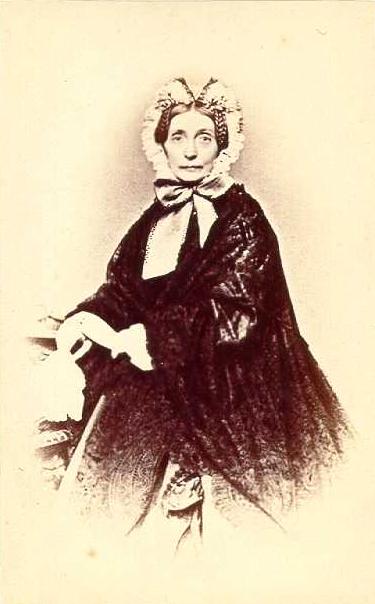
source: Wikipedia
Queen Amalie Auguste survived her husband by four years, dying in Dresden, Kingdom of Saxony, now in Saxony, Germany, on November 8, 1877. She is buried in the Wettin Crypt at the Dresden Cathedral, formerly known as the Katholische Hofkirche (Catholic Church of the Royal Court of Saxony).
This article is the intellectual property of Unofficial Royalty and is NOT TO BE COPIED, EDITED, OR POSTED IN ANY FORM ON ANOTHER WEBSITE under any circumstances. It is permissible to use a link that directs to Unofficial Royalty.
Saxony Resources at Unofficial Royalty


